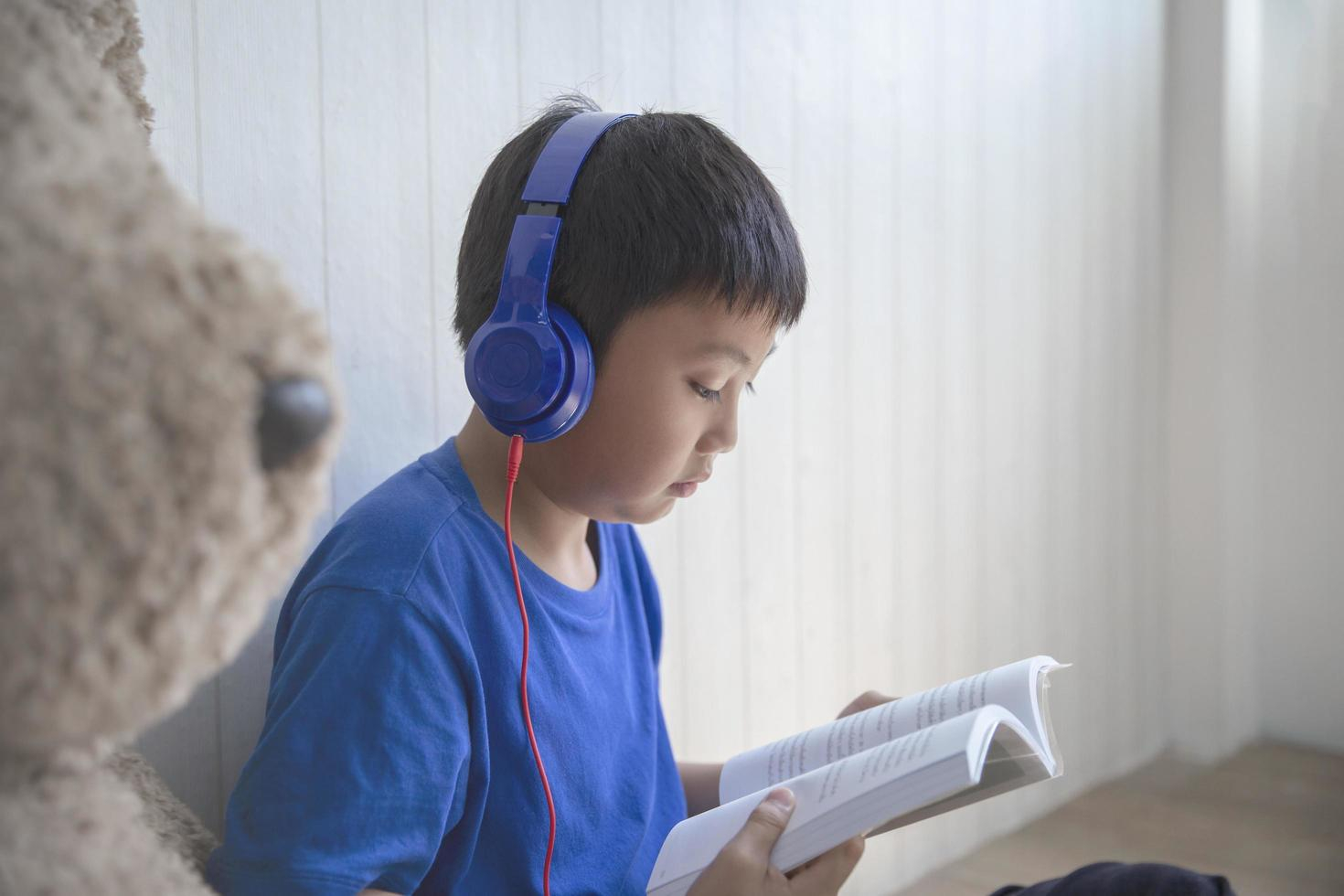
Enhancing Learning Potential: The Importance of Student Workbooks
Student workbooks play an essential role in fostering the learning process for preschoolers, offering them a platform to practice and review their skills while nurturing critical thinking, problem-solving, and creativity. In this article, we will delve into the significance of student workbooks and how they can maximize the learning potential of preschoolers.
Understanding Student Workbooks
Student workbooks serve as crucial educational resources, either printed or electronic, containing exercises and activities for preschoolers. Designed to complement classroom instruction, these workbooks provide avenues for students to reinforce their learning across various subjects such as math, science, language arts, and social studies.
The Advantages of Student Workbooks
Student workbooks offer numerous benefits for preschoolers, including:
- Reinforcement of Learning: They allow preschoolers to review and solidify their understanding of classroom material.
- Promotion of Independent Learning: Designed for independent completion, they foster self-reliance and critical thinking.
- Immediate Feedback: Many workbooks provide instant feedback, helping preschoolers identify strengths and weaknesses.
- Encouragement of Creativity: Workbooks often include creative activities, stimulating imaginative expression.
Choosing the Right Student Workbook
When selecting a workbook, consider factors such as subject matter coverage, difficulty level, format, and content diversity.
- Subject Matter: Ensure alignment with classroom subjects.
- Level of Difficulty: Choose a suitable challenge level for preschoolers.
- Format: Opt for an engaging and enjoyable workbook design.
- Content: Look for variety catering to different learning styles.
Incorporating Student Workbooks into the Classroom
To effectively integrate workbooks, educators can:
- Set Expectations: Clearly communicate workbook objectives to preschoolers.
- Provide Support: Offer guidance as needed during workbook activities.
- Schedule Time: Allocate dedicated workbook sessions within class time.
- Use Workbooks as Teaching Tools: Utilize completed workbooks to reinforce concepts.
Electronic vs. Print Workbooks
Both electronic and print formats have advantages:
- Electronic Workbooks: Interactive and flexible but require technology access.
- Print Workbooks: Tangible and accessible without technology but may lack interactivity.
The Role of Student Workbooks in Skill Development
Student workbooks are vital for nurturing critical skills such as critical thinking, problem-solving, creativity, and self-reliance.
Student Workbooks for Differentiation
They support differentiated instruction, ensuring individualized support and challenge for all preschoolers.
Student Workbooks and Active Learning
Engaging preschoolers in hands-on activities, workbooks promote deeper understanding.
Student Workbooks and Assessment
As assessment tools, they evaluate learning progress and inform instructional decisions.
Student Workbooks and Homework
Reinforcing classroom learning, workbooks provide additional practice opportunities.
Student Workbooks and Classroom Management
Aiding in structured independent work, workbooks enhance classroom focus.
Student Workbooks and Parental Involvement
Encouraging parental engagement, workbooks involve families in preschoolers’ learning at home.
Student Workbooks and Standardized Testing
Assisting in test preparation, workbooks help review curriculum concepts.
Student Workbooks and Technology
Integrating technology enhances interactivity and engagement.
Student Workbooks and Multilingual Learners
Supporting language acquisition, workbooks aid multilingual learners.
Student Workbooks and Special Needs Learners
Adaptable to diverse needs, workbooks can accommodate special learners.
Student Workbooks and Homeschooling
Providing structured resources, workbooks facilitate homeschooling.
Student Workbooks and Self-directed Learning
Empowering preschoolers, workbooks foster self-directed learning.
Student Workbooks and Classroom Culture
Contributing to a collaborative environment, workbooks promote goal-oriented learning.
Student Workbooks and Social-Emotional Learning
Supporting social-emotional skills, workbooks aid in emotional development.
Student Workbooks and the Role of Teachers
Combined with teacher-led instruction, workbooks maximize effectiveness.
Student Workbooks and Time Management
Developing time management skills, workbooks help preschoolers manage their time effectively.
Student Workbooks and Learning Styles
Accommodating various preferences, workbooks cater to diverse learning styles.
Student Workbooks and Vocabulary Development
Promoting language skills, workbooks enhance vocabulary development.
Student Workbooks and Curriculum Integration
Ensuring alignment with standards, workbooks integrate seamlessly into the curriculum.
Student Workbooks and Enrichment
Offering opportunities for exploration, workbooks enrich the learning experience.
Student Workbooks and Learning Objectives
Guiding preschoolers towards success, workbooks align with learning objectives.
Student Workbooks and Feedback
Facilitating ongoing improvement, workbooks provide valuable feedback.
Student Workbooks and Independent Learning
Fostering independence, workbooks encourage preschoolers to take ownership of their learning.
Student Workbooks and Learning Goals
Supporting academic goals, workbooks aid preschoolers in achieving success.
Student Workbooks and Classroom Resources
Valuable additions to classroom resources, workbooks enhance instruction.
Student Workbooks and Curriculum Alignment
Ensuring consistency with standards, workbooks align with the curriculum.
Student Workbooks and Differentiation
Catering to diverse needs, workbooks support differentiation in instruction.
Student Workbooks and Motivation
Fostering motivation, workbooks engage preschoolers in learning activities.
Student Workbooks and Accountability
Promoting responsibility, workbooks hold preschoolers accountable for their learning.
Student Workbooks and Learning Continuity
Reinforcing learning beyond the classroom, workbooks ensure continuity of education.
Student Workbooks and Assessment
They serve as tools for monitoring academic progress.
Student Workbooks and Parental Involvement
They encourage parental participation in learning activities.
Student Workbooks and Technology
They can be adapted to incorporate technological resources.
Student Workbooks and Different Subjects
Workbooks promote comprehensive learning across subjects.
Student Workbooks and Creativity
They stimulate creative expression through varied activities.
Student Workbooks and Collaboration
Workbooks foster collaboration and teamwork among preschoolers.
Student Workbooks and Reflective Practice
They encourage critical thinking and reflection.


